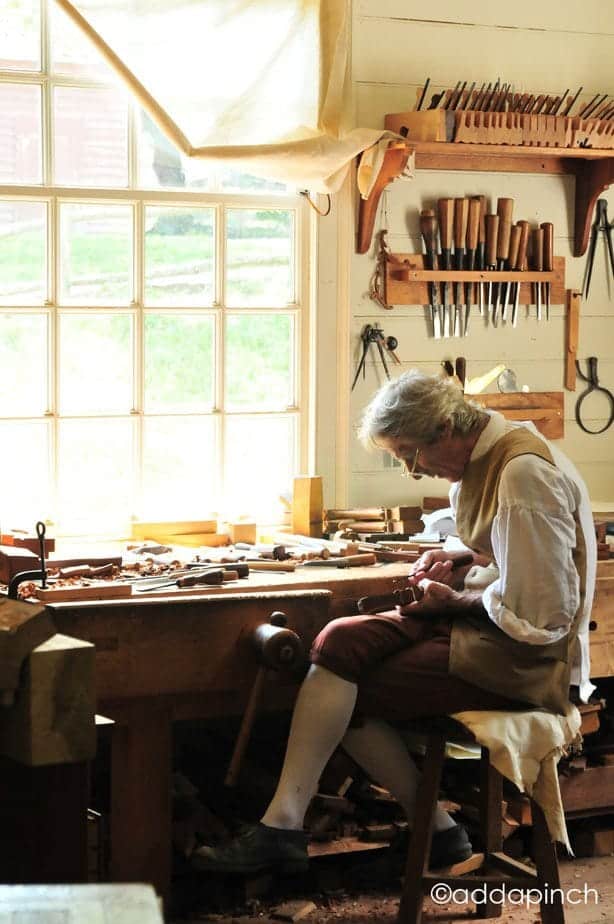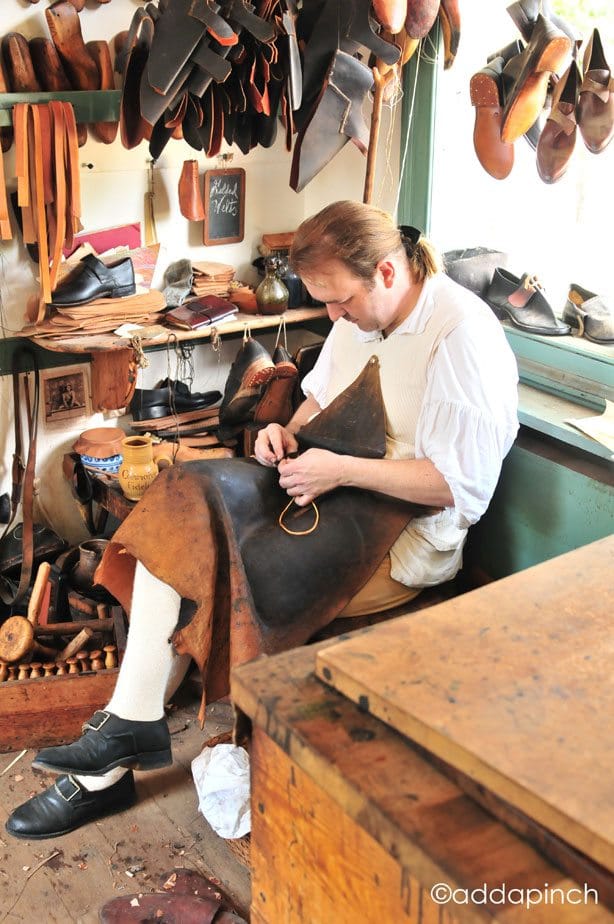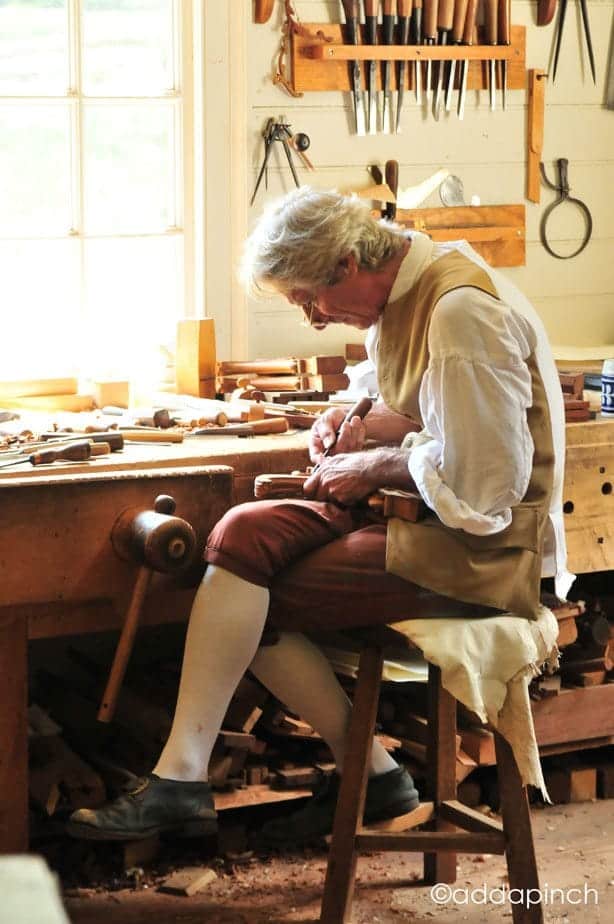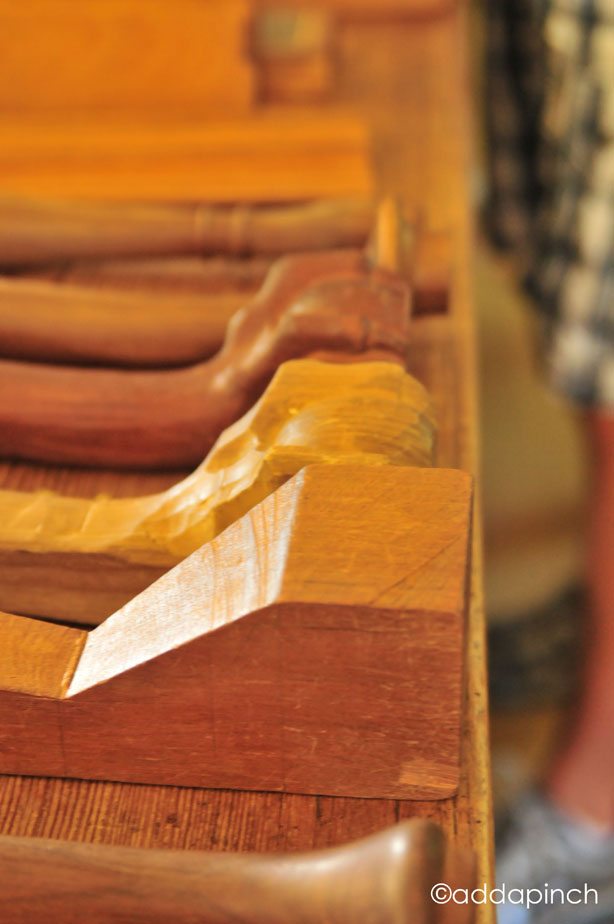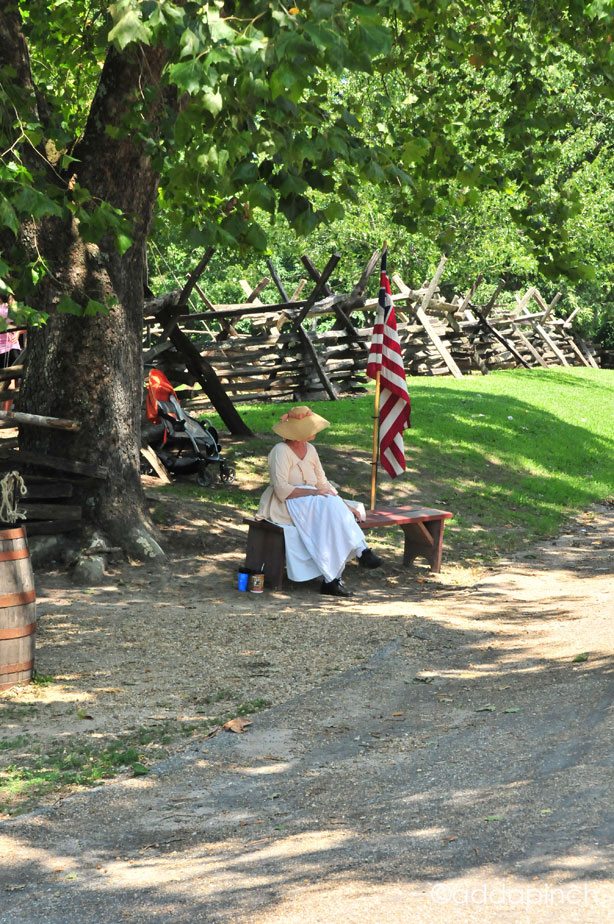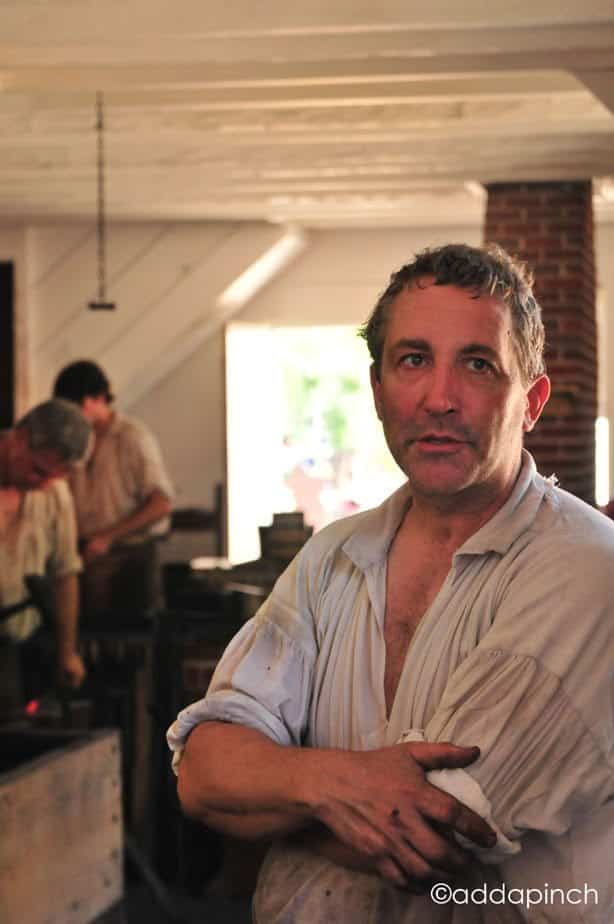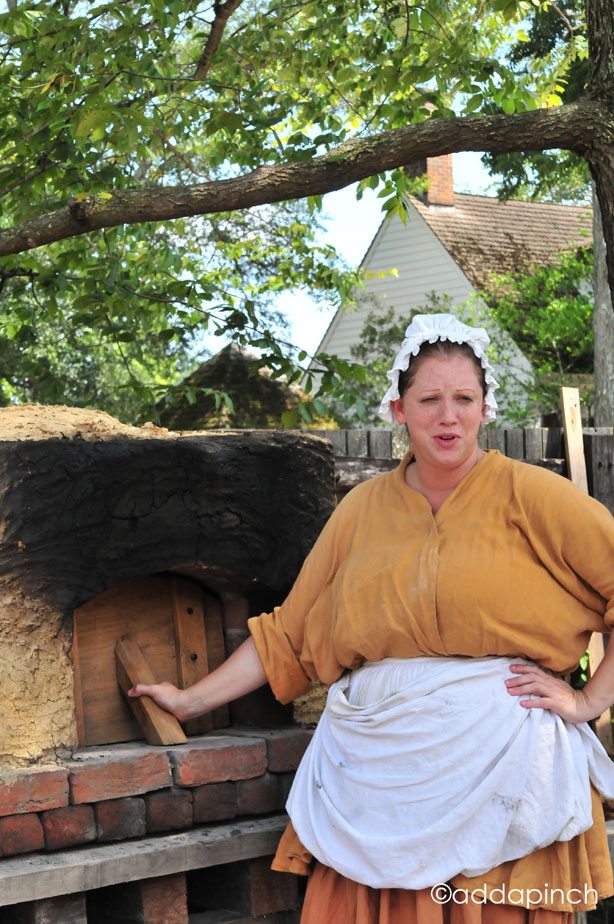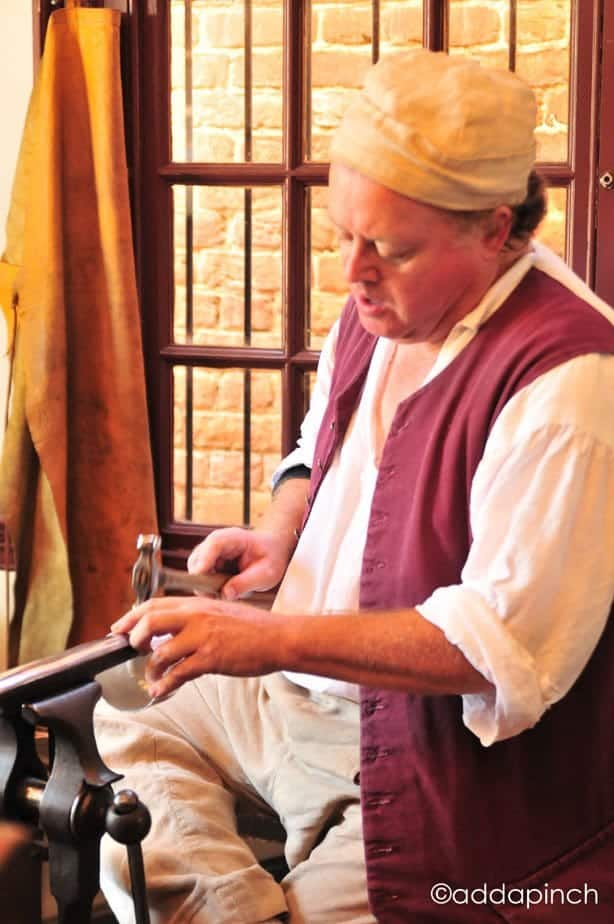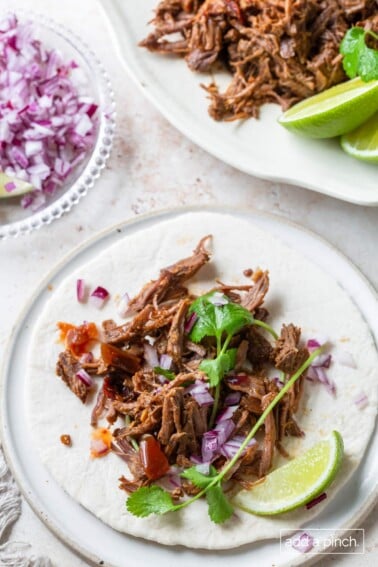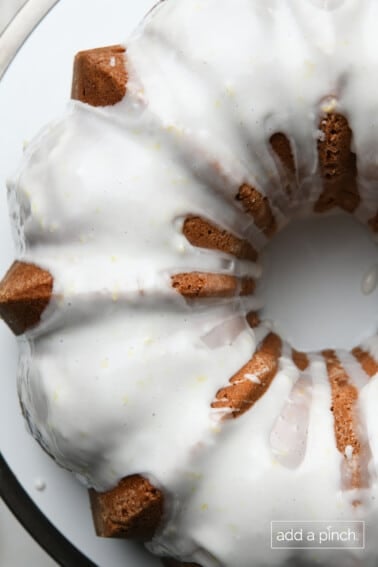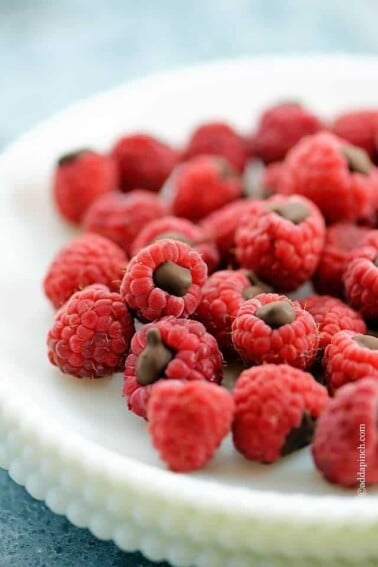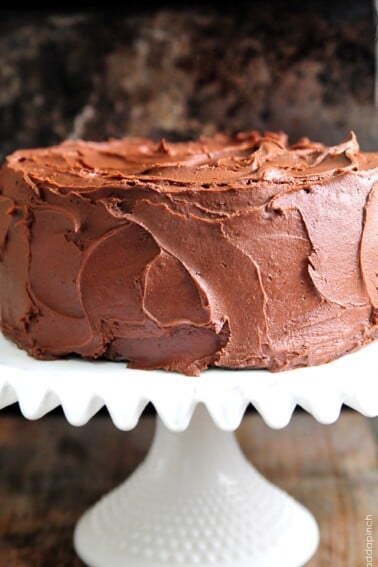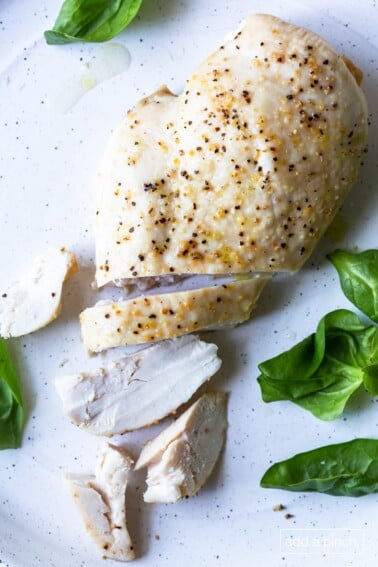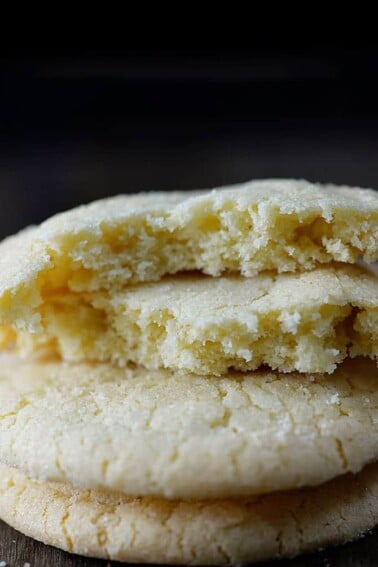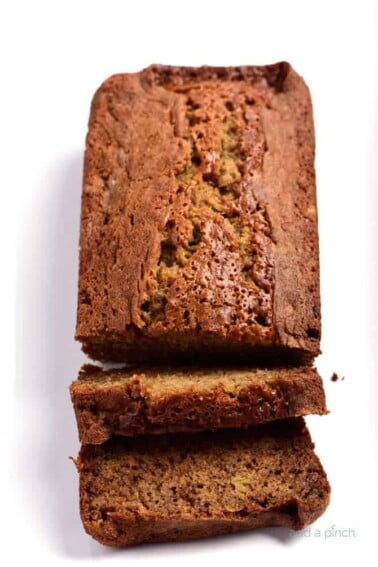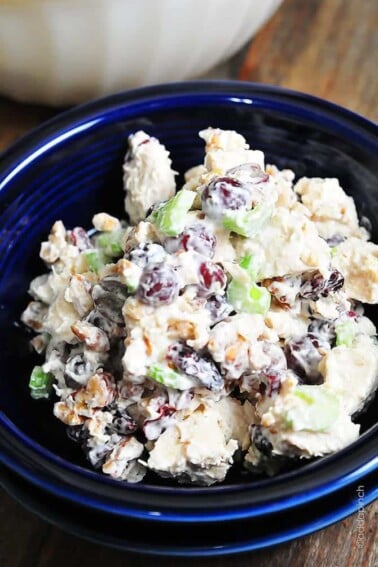Colonial Williamsburg Artisans
This post may contain affiliate links. Please read my disclosure policy.
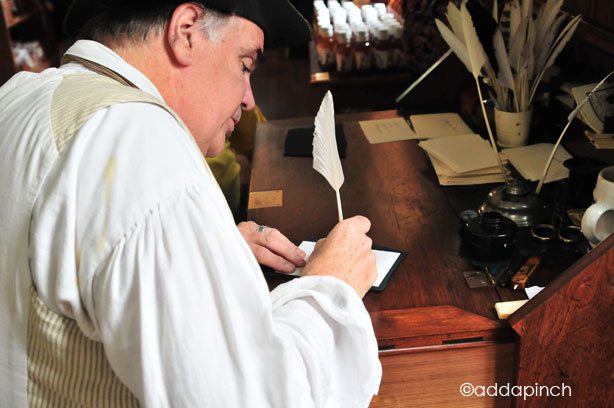
One of my favorite things about visiting Colonial Williamsburg is the sheer number of artisans. From carpenters, bakers, calligraphers, cabinet makers, blacksmiths, to gardeners. Each has a special skill they proudly show to visitors who stop by to see them while touring.
The calligrapher shows you how your name would have been properly written in the 18th century – including how to hold the quill, dipping into the ink, and forming of your letters. It makes the new text generation seem like cheating in a way.
We also visited with the cobbler – who I still am not exactly sure what all they did in the 18th century. Everything I asked this particular cobbler was returned with, “shoes were bought off the shelf and were made in an assembly line fashion.” That part doesn’t sound very different from now, but their shoes sure do look neat. I’m sure there are major differences and I just phrased my question wrong to this fella. Or the heat had gotten to him. Or something.
We just moved right along.
To the cabinet maker’s shop. I could live in here.
Such artistry and attention to detail. It is truly amazing.
I could just watch him carve wood all day.
So relaxing.
There is a display of different types of legs for each cabinet or piece of furniture and the cabinet maker explains how each would have normally been used in colonial times.
The pieces of furniture being made and the tools used to make them is something that you just have to see for yourself.
Simply amazing.
We were a bit late for the encampment program where you learn how groups of people survived during this period of the revolution. This is a definite must-do on our next visit.
The blacksmith explained so much of his trade. Again, such amazing attention to detail and hard, hard work.
This sweet lady is baking bread in a homemade oven of bricks, clay, and hay. The oven is heated to 600 degrees and then peel of bread is inserted into the oven. The fire is then allowed to burn down and the bread is baked.
The smell when she opened the door to the oven was heavenly.
Lastly, we visited the silversmiths’ workshop in town. He was making a small Jefferson cup when we visited, which he told us would take a silversmith approximately 40 hours to finish.
One cup = forty hours.
Mercy!
On display in the shop are pieces of silver and pewter that have been made throughout the years. Some pieces you can purchase and others are for display only.
I always love visiting all of the artisans of Colonial Williamsburg. They share their knowledge of their trade in a wonderful, inspiring way. It’s definitely makes you more aware of the amount of labor that goes into a chair that you sit in, a dresser where you keep things, a pewter candlestick, and even your shoes. And for that, I’m thankful.
